Fact: Dyson spends up to £7 million a week on R&D. Is it lavish? Yes. Is it necessary? Absolutely. James Dyson, the brand’s founder and chief engineer, reveals that the company takes on a long-term approach to technology and that their unsurprising upward growth is fuelled by it. He reveals, “As a privately owned company, we have the freedom to invest heavily in the development of future technology. Without the shareholders with vastly different interests, we can experiment, make mistakes, and create better technology in the long-term.”
With the recent opening of Dyson’s Technology Centre here in Singapore, it’s clear that the city-state will continue to play an important role in the company’s journey towards a technologically driven future. To discover what the Singapore edge is and what James sees on the horizon of tech, we had an in-depth chat with the man responsible for game changing innovations like the bladeless fan and bagless vacuum cleaners.
Why did Dyson decide on Singapore as the site for its Technology Centre?
A decade ago, we were looking to develop and make the world’s first high-speed, digital, electric motor. We chose Singapore because it offers excellent skills and supply chain processes needed to make such a complex piece of technology.
Today, our reasons remain the same: Singapore is one of the world’s most innovative countries, has some of the world’s brightest minds, and understands and values the contribution engineers make to society. The team here will propel our work forward into areas like artificial intelligence, machine learning, hardware and software, and robotics, among others.
Singapore is clearly at the forefront of technology and innovation. Dyson is too. It’s going to a very exciting partnership.
What sets the Singapore Technology Centre apart from other Dyson facilities?
The Technology Centre here is set apart by its state-of-the-art laboratories that support our research in areas like artificial intelligence, robotics, and software. One example is the connected studio — it serves to mimic a live home environment and gives our engineers a platform to put their algorithms in our smart machines to the test.
The facility also features a “Control Tower” where global supply chain is managed. It displays real-time supply chain and logistics data, which allows us to respond quickly to any events or risks.
The term “connected technology” has been buzzing lately. What exactly is it and why has Dyson decided to venture further into this realm?
Connected technology is about machines or devices that have, in essence, their own brains, sensors, software, and connectivity. They collect information from their environment, which can then be passed on to the user to influence their decisions.
Beyond this, Dyson is focused on developing intelligent technology. We want to create machines that know and anticipate what you want before you do. This “machine learning” gives our products the intelligence to understand and react to their environment without needing any human interference.
Dyson products are often associated with design and aesthetics. But beyond that, what is the company working towards?
Dyson has and will continue to be a hardware-based technology company. However, we recognize that there is power to be had from hardware and software working together.
At Dyson, we take on a technology-led approach to design. Aesthetics are important, but they shouldn’t come at the expense of better technology. The way our machines look is a consequence of the technologies that go into them. Take for example cyclone technology. We discovered that by scaling our cyclones down, and stacking one layer on top of another, we were able to enhance the filtration of dirt and fine dust from clean air. That the machine looks futuristic is merely a consequence of how we’ve evolved it to perform better.
What is your idea of a technology-driven future like?
In the future, our homes will react to us, without us needing to tell it what to do. At the moment we have homes that allow you to control lights, blinds, and televisions through a phone or tablet. I believe that this is going in the wrong direction.
Having to program or control things is tedious. Everything should become automatic and adjust itself, according to your preferences or the environment. Dyson has engineered a robotic vacuum cleaner and an intelligent purifier fan to do just that.
The Dyson 360 Eye, with its 360 camera, films and analyses your home on each run. It knows where to clean and keeps track of its progress, without needing any human guidance. Meanwhile, the Dyson Pure Cool Link tracks the levels of air pollution in your home, and autonomously purifies the air as and when needed. We will continue to study how further technologies can benefit from connectivity and artificial intelligence.






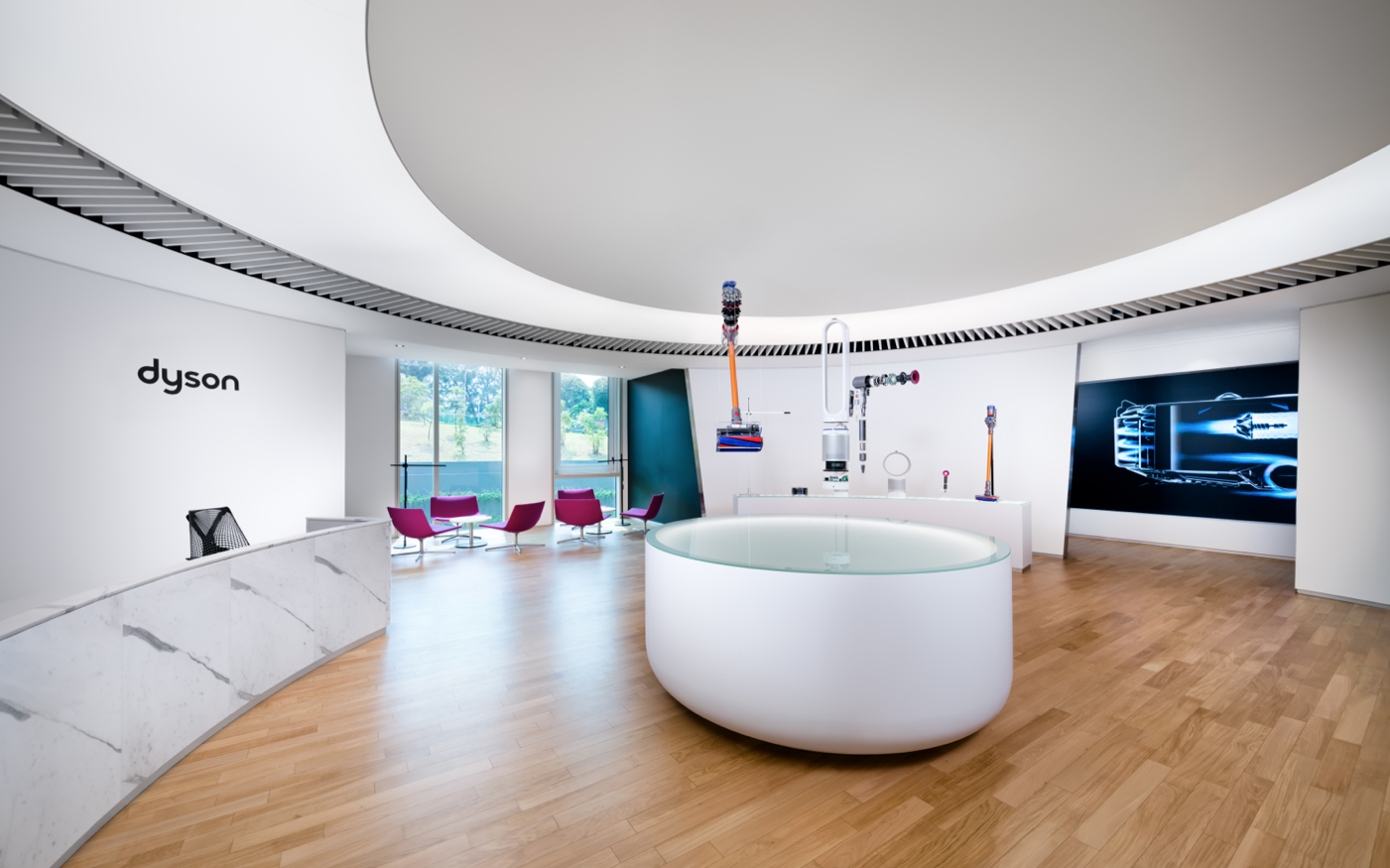
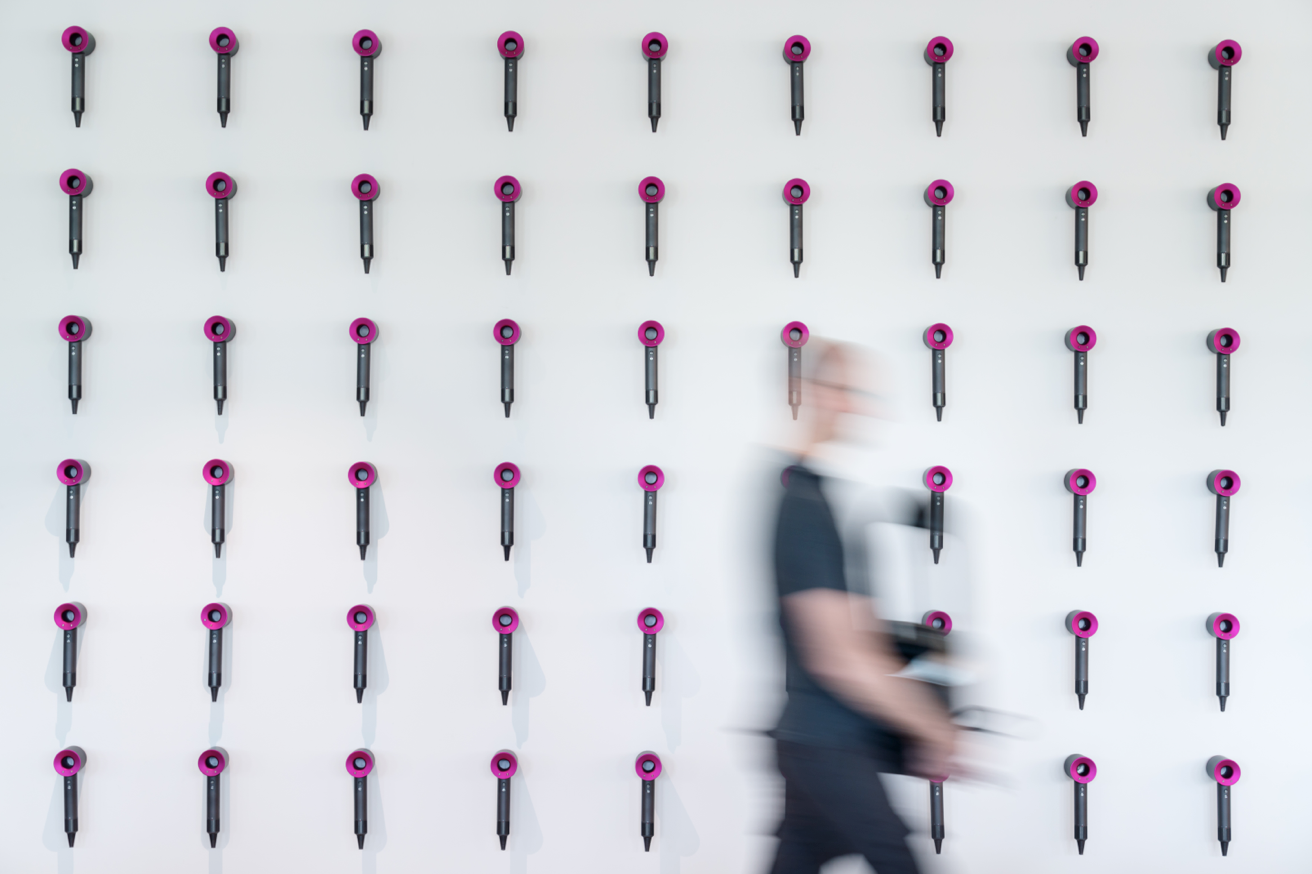

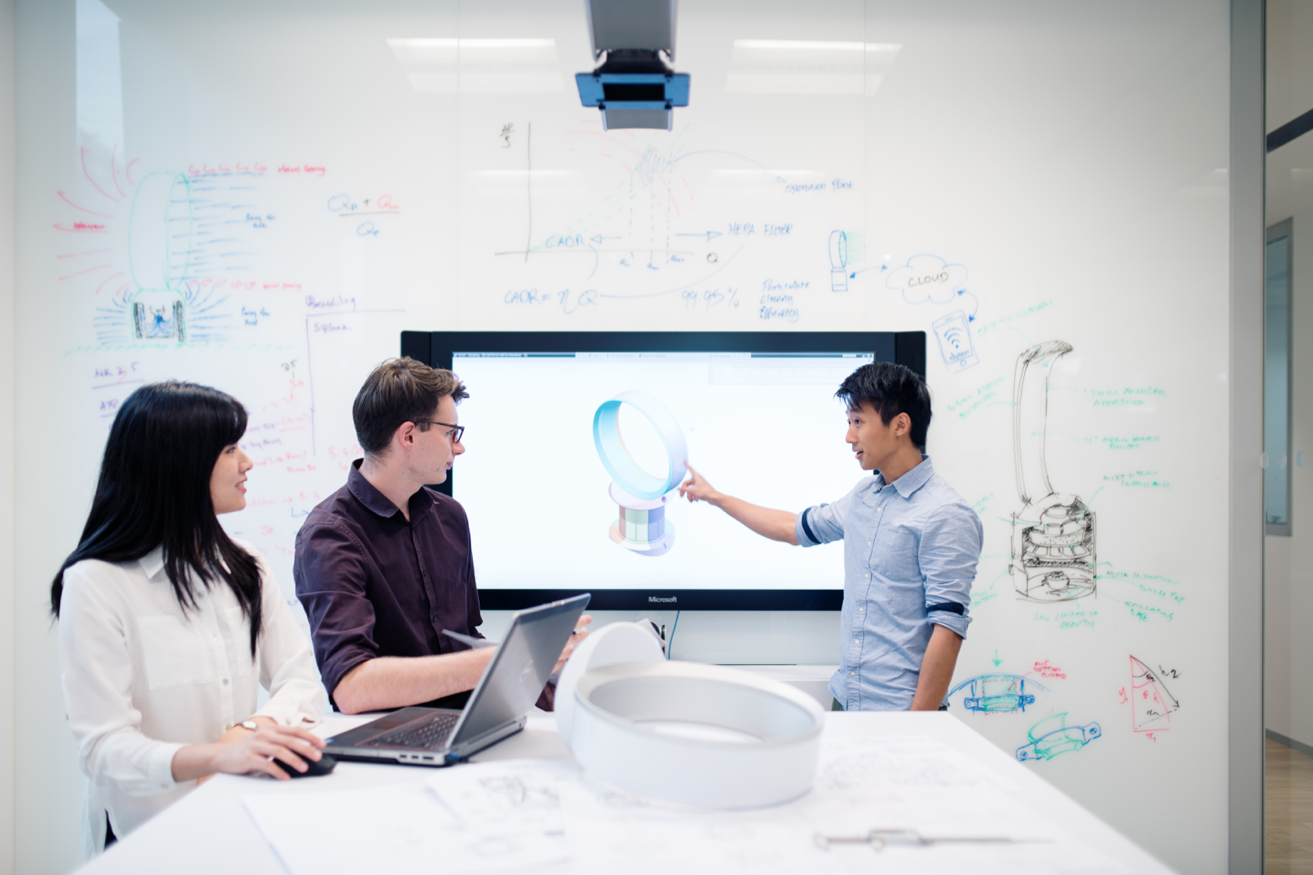

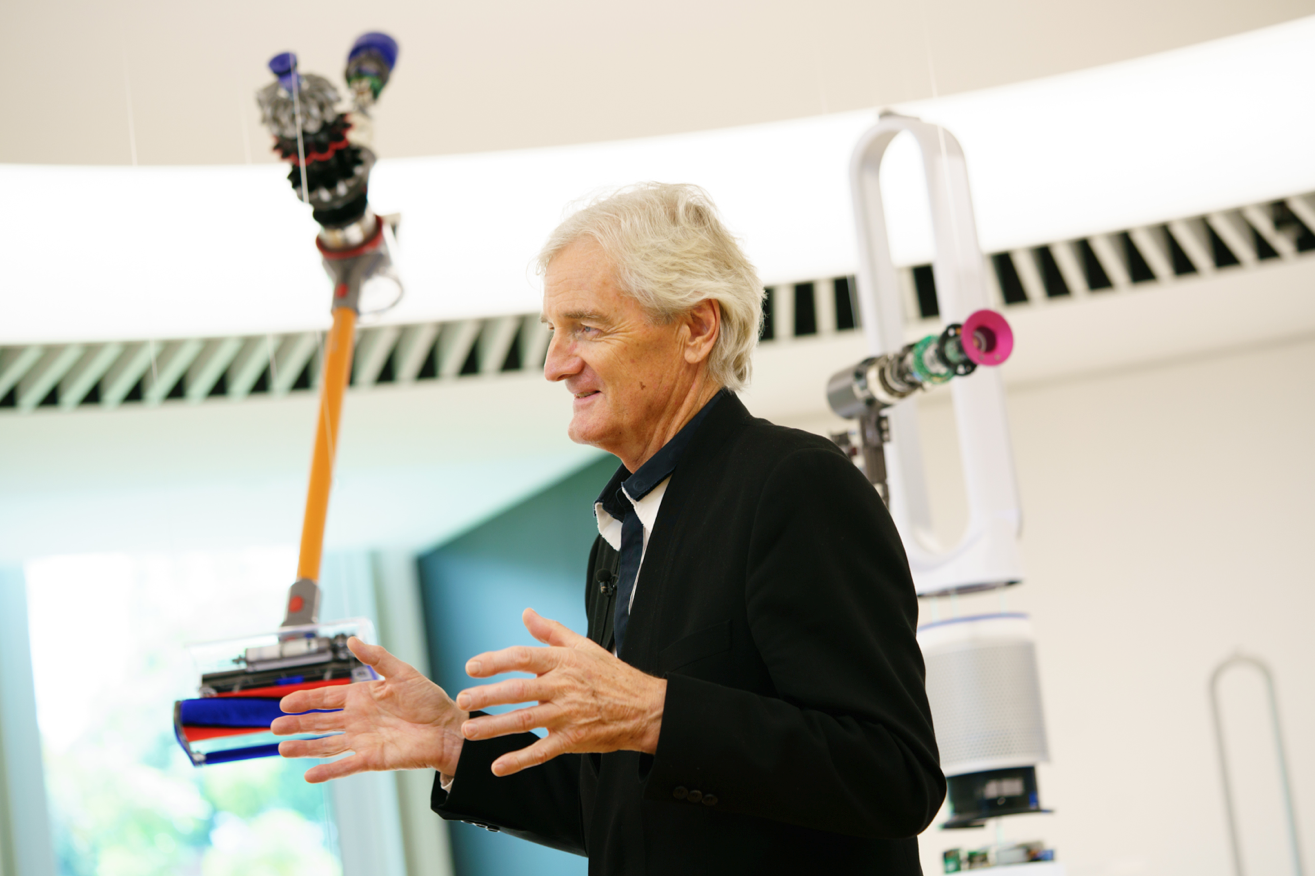

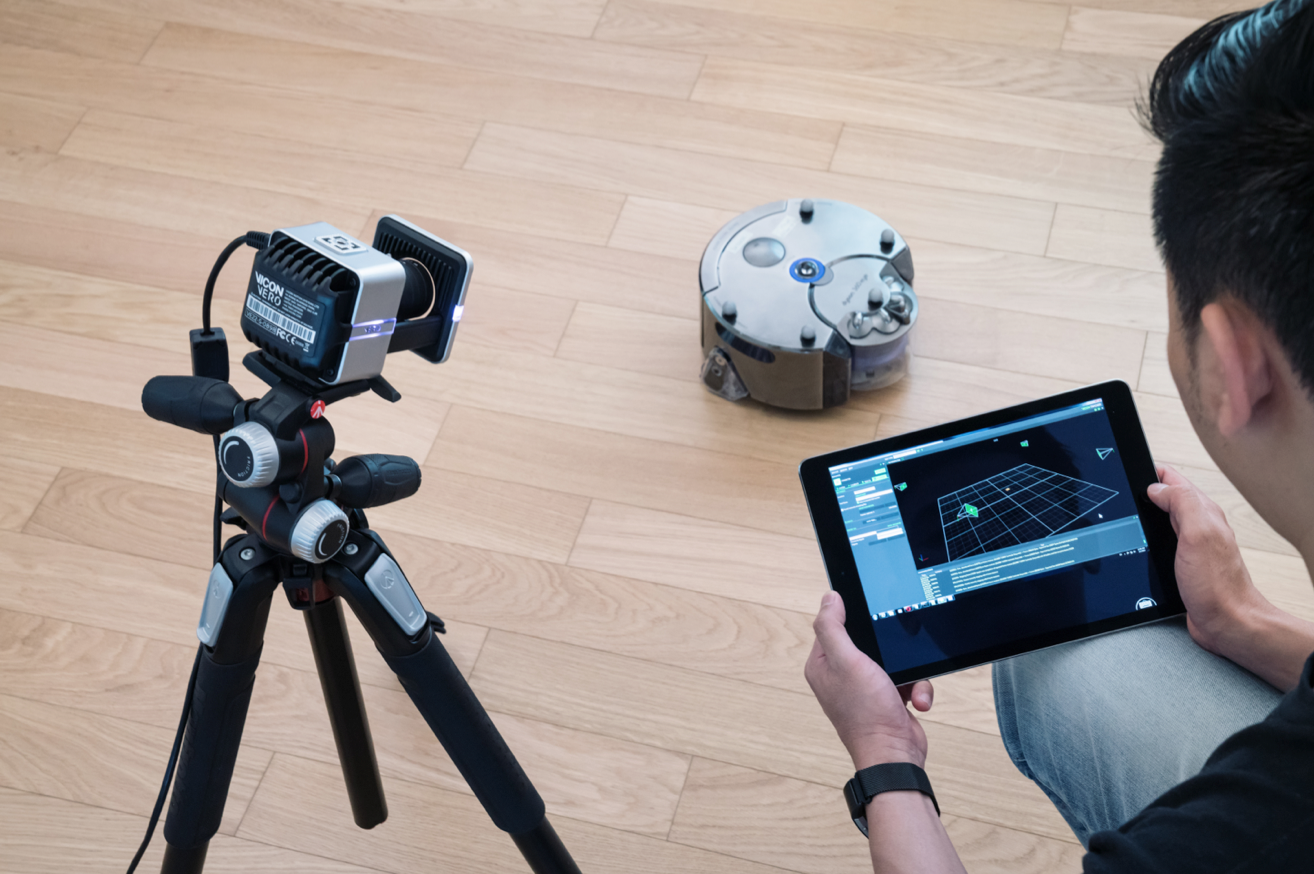
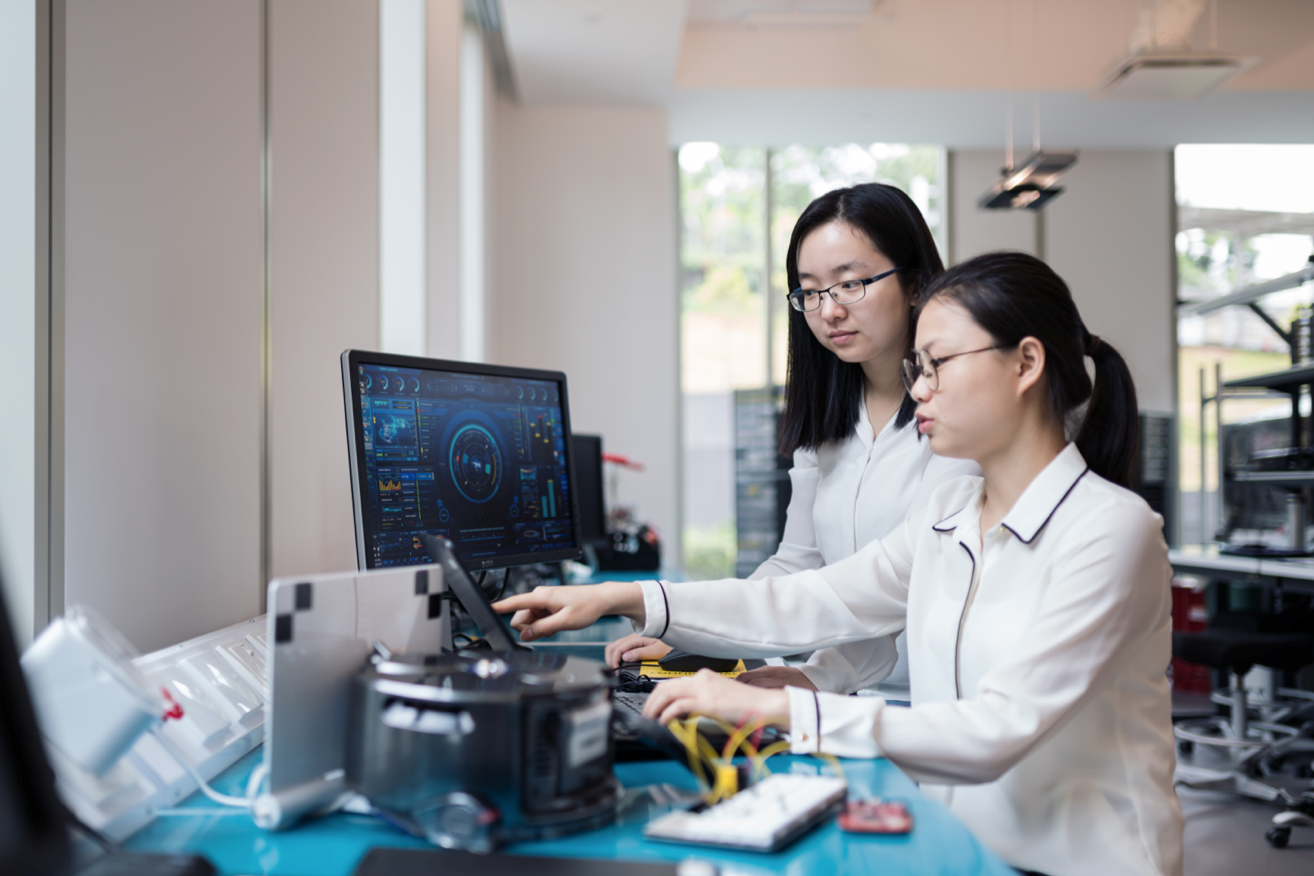
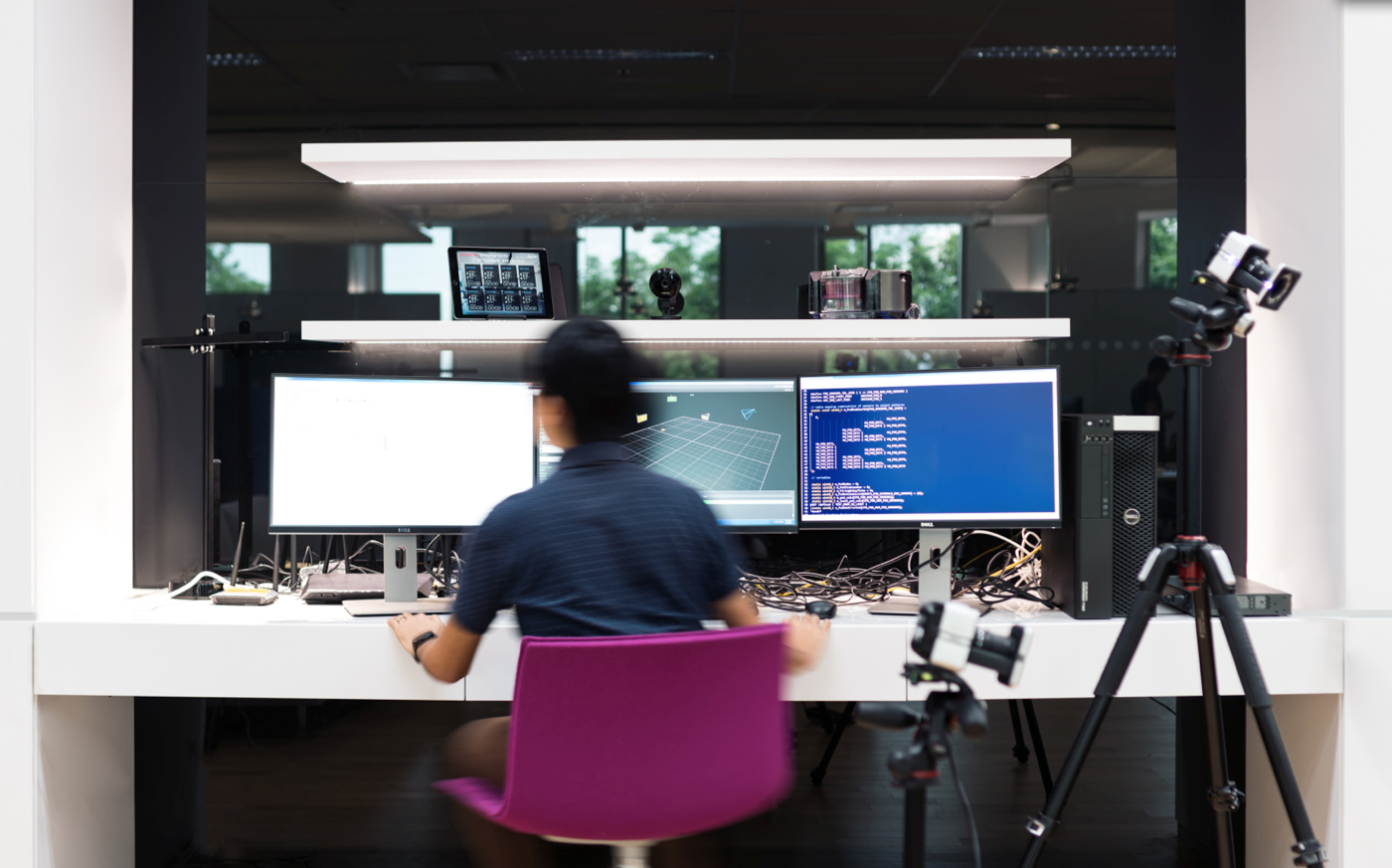


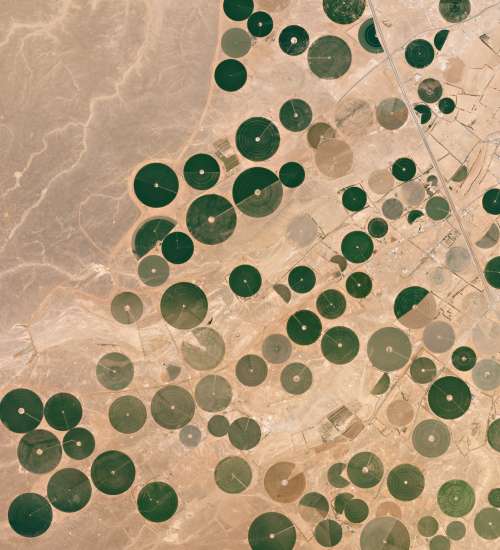
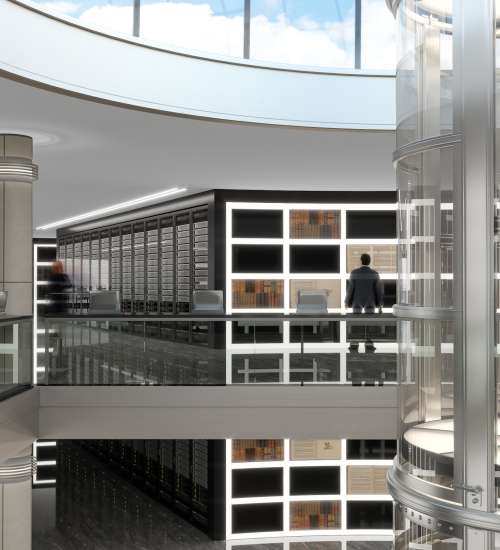
 Back
Back
